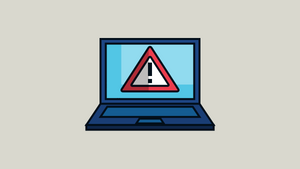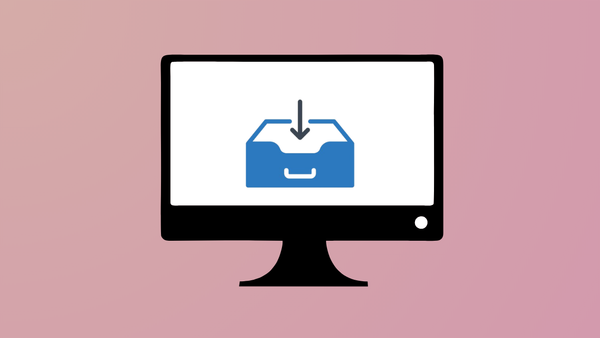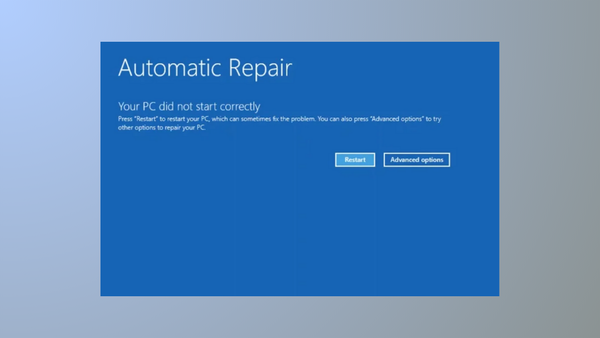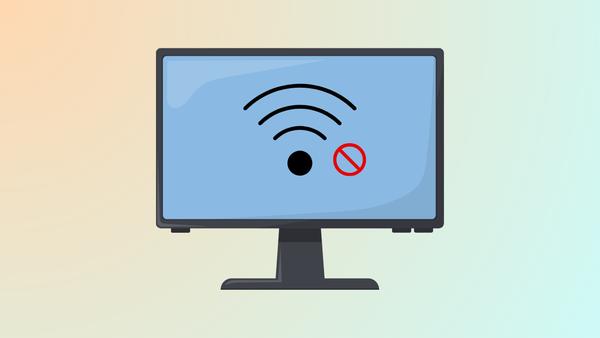Encountering the "Kernel-mode Hardware-enforced Stack Protection is Off" notification on your Windows 11 computer can raise security concerns. This feature is essential for protecting your system's memory stack during code execution. If you're experiencing this issue, there are several solutions you can try to resolve it and enhance your system's protection.
1. Uninstall Conflicting Software
Conflicts with certain software, particularly anti-cheat programs associated with specific games, can trigger the "Kernel-mode Hardware-enforced Stack Protection is Off" message. These applications may not be fully compatible with Windows 11's security features. Uninstalling them might resolve the issue.
Examples of games known to cause this problem include Valorant, Destiny 2, and Phantasy Star Online 2. If you have any of these games installed, consider removing them along with their associated anti-cheat software to see if the issue is resolved.
Step 1: Open the Settings app by clicking the Start Menu and selecting the gear icon or by pressing Windows+I on your keyboard.
Step 2: In the Settings window, click on Apps from the left sidebar.
Step 3: Select Apps & features from the right pane.
Step 4: Scroll through the list of installed applications to find the game or software you suspect is causing the conflict.
Step 5: Click on the three-dot menu next to the application's name and choose Uninstall. Confirm any prompts to proceed with the uninstallation.
2. Modify the Registry
If uninstalling conflicting software doesn't fix the issue, adjusting specific registry settings may help re-enable the stack protection feature. Be cautious when modifying the registry, as incorrect changes can affect system stability.
Step 1: Open the Start Menu and type Registry Editor in the search bar. Click on Registry Editor from the search results.

Step 2: In the Registry Editor window, navigate to the following path by copying and pasting it into the address bar and pressing Enter:
HKEY_LOCAL_MACHINE\SYSTEM\CurrentControlSet\Control\Session Manager\Memory Management
Step 3: In the right pane, locate an entry named FeatureSettingsOverride. If it exists, double-click on it to modify its properties.

Step 4: If you don't find FeatureSettingsOverride, right-click on an empty space in the right pane, hover over New, and select DWORD (32-bit) Value.

Rename the new entry to FeatureSettingsOverride, then double-click on it.

Step 5: In the Value data field, enter 9. Ensure that the Base is set to Hexadecimal, and click OK to save the changes.

Step 6: Close the Registry Editor and restart your computer to apply the changes.
3. Enable Virtualization Using UEFI Settings
Enabling virtualization technology in your system's UEFI firmware settings can also help resolve the stack protection issue. This feature allows your processor to efficiently handle virtualization tasks required by certain security features in Windows 11.
Step 1: Open the Settings app by clicking the Start Menu and selecting the gear icon or by pressing Windows+I.

Step 2: In the Settings window, select System from the left sidebar.

Step 3: Click on Recovery in the right pane.

Step 4: Under Recovery options, click on Restart now next to Advanced startup. A prompt will appear.

Step 5: In the prompt, click Restart now. Your computer will restart and enter the advanced startup options.

Step 6: In the Choose an option screen, select Troubleshoot.

Step 7: Click on Advanced options.

Step 8: Select UEFI Firmware Settings and click Restart if prompted. Your PC will restart and enter the UEFI settings.

Step 9: In the UEFI settings menu, use the arrow keys to navigate and select BIOS Setup, then press Enter.

Step 10: Locate the Configuration tab or a similar section related to system settings.
Step 11: Find and enable the option for Virtualization Technology (may also be called Intel VT-x, AMD-V, SVM Mode, or similar).

Step 12: Save your changes and exit the UEFI settings. This is typically done by pressing F10 or selecting the Save and Exit option.
Step 13: Your computer will restart. Once it boots up, check if the issue has been resolved.
4. Reset Your PC
If none of the previous methods work, resetting your PC can help. This will restore your system settings to their defaults and remove installed applications, but you can choose to keep your personal files.
Step 1: Open the Settings app by clicking on the Start Menu and selecting the gear icon or by pressing Windows+I.

Step 2: In the Settings window, select System from the left sidebar.

Step 3: Click on Recovery in the right pane.

Step 4: Under Recovery options, click on Reset PC next to Reset this PC. A new window will open.

Step 5: Choose Keep my files to remove apps and settings but retain personal files. Alternatively, select Remove everything to perform a complete reset.

Step 6: Select Cloud download to reinstall Windows from the cloud. Ensure you have an internet connection as this will download around 4 GB of data.

Step 7: Review the settings. If you need to change anything, click on Change settings. Otherwise, click Next.

Step 8: If prompted, note that you won't be able to roll back to a previous version of Windows after the reset. Click Next to continue.

Step 9: Finally, review the summary of actions and click Reset to begin the process. Your PC will restart and commence resetting.

By following these methods, you can address the "Kernel-mode Hardware-enforced Stack Protection is Off" issue on your Windows 11 computer, ensuring your system is secure and functioning properly.











Member discussion